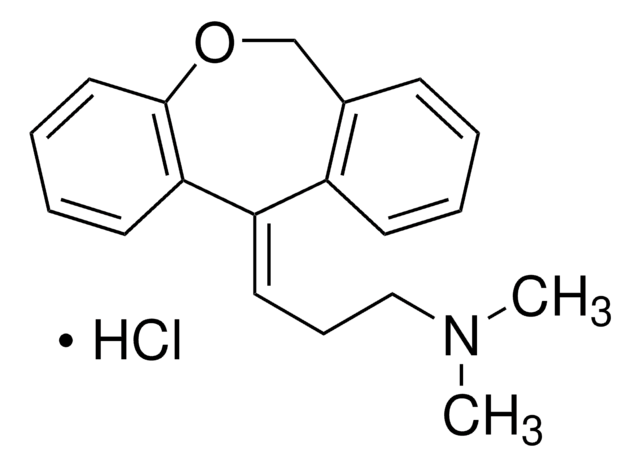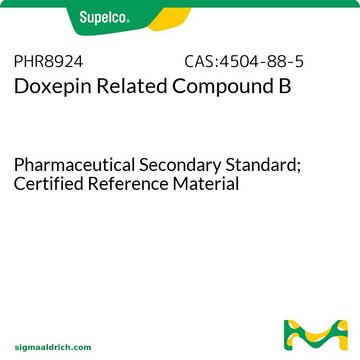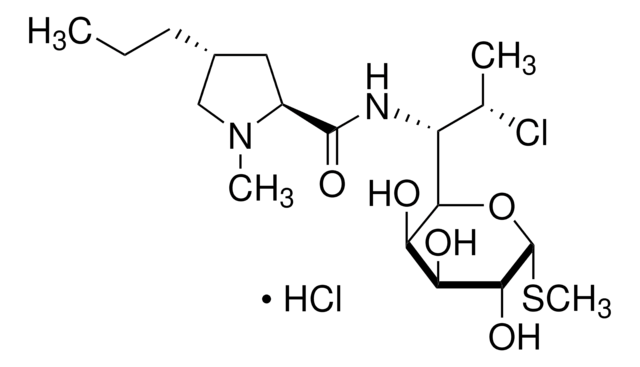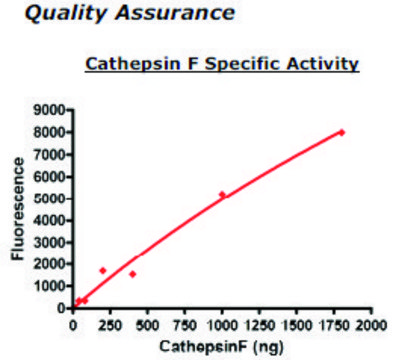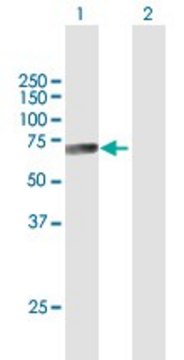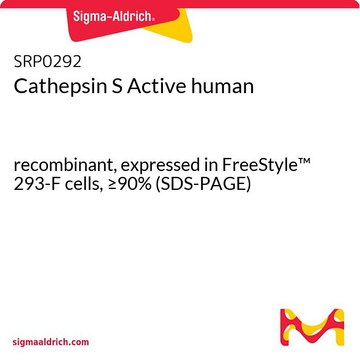322547
1,3-Dihydro-1,3,3-trimethylspiro[2H-indole-2,3′-[3H]naphth[2,1-b][1,4]oxazine]
≥98.0% (HPLC)
Synonym(s):
Photorome I
About This Item
Recommended Products
Assay
≥98.0% (HPLC)
mp
128-130 °C (lit.)
SMILES string
CN1c2ccccc2C(C)(C)C13Oc4ccc5ccccc5c4N=C3
InChI
1S/C22H20N2O/c1-21(2)17-10-6-7-11-18(17)24(3)22(21)14-23-20-16-9-5-4-8-15(16)12-13-19(20)25-22/h4-14H,1-3H3
InChI key
CQTRKDFIQFOAQV-UHFFFAOYSA-N
Related Categories
1 of 4
This Item | SAB1409944 | SRP0292 | SRP0293 |
|---|---|---|---|
| Gene Information human ... CTSF(8722) | Gene Information human ... CTSF(8722) | Gene Information human ... CTSS(1520) | Gene Information human ... CTSL2(1515) |
| technique(s) activity assay: suitable | technique(s) western blot: 1 μg/mL | technique(s) activity assay: suitable | technique(s) - |
| assay ≥90% (SDS-PAGE) | assay - | assay ≥90% (SDS-PAGE) | assay ≥90% (SDS-PAGE) |
| specific activity ≥18 pmol/min-μg | specific activity - | specific activity ≥8100 pmol/min-μg | specific activity ≥436 pmol/min-μg |
| form aqueous solution | form buffered aqueous solution | form aqueous solution | form aqueous solution |
| recombinant expressed in FreeStyle™ 293-F cells | recombinant - | recombinant expressed in FreeStyle™ 293-F cells | recombinant expressed in FreeStyle™ 293-F cells |
General description
Application
Signal Word
Warning
Hazard Statements
Precautionary Statements
Hazard Classifications
Eye Irrit. 2 - Skin Irrit. 2 - STOT SE 3
Target Organs
Respiratory system
Storage Class Code
11 - Combustible Solids
WGK
WGK 3
Flash Point(F)
Not applicable
Flash Point(C)
Not applicable
Personal Protective Equipment
Choose from one of the most recent versions:
Already Own This Product?
Find documentation for the products that you have recently purchased in the Document Library.
Our team of scientists has experience in all areas of research including Life Science, Material Science, Chemical Synthesis, Chromatography, Analytical and many others.
Contact Technical Service